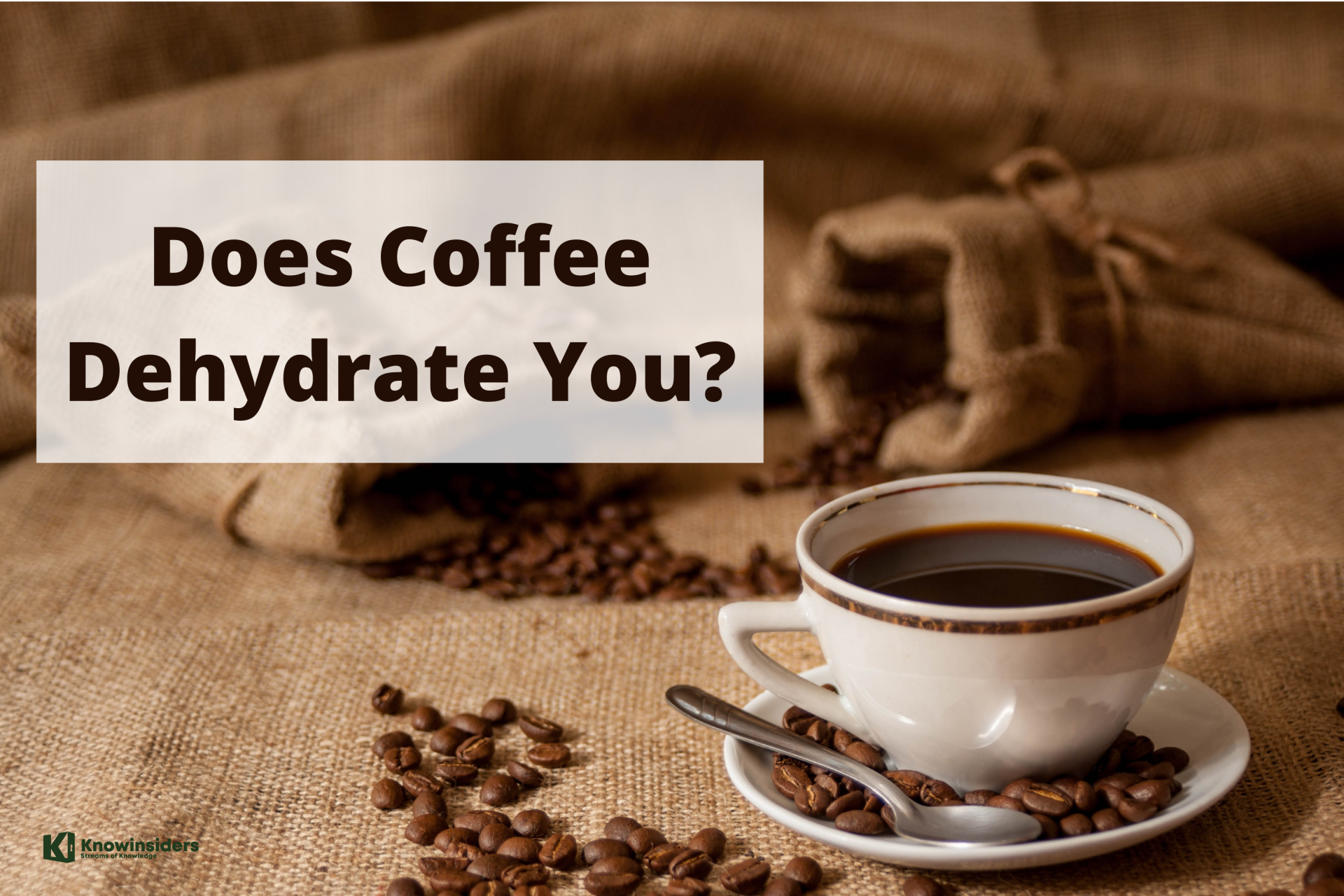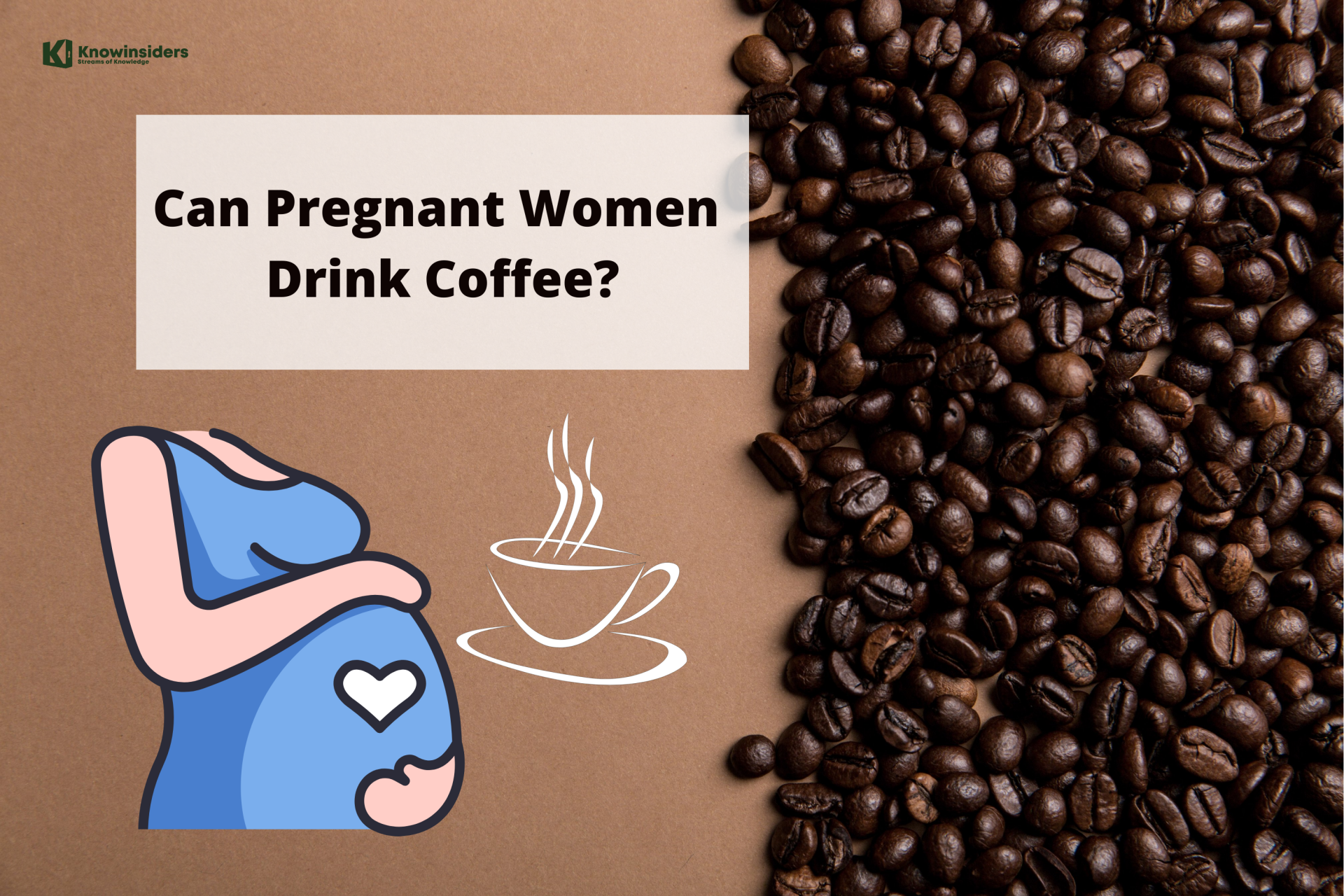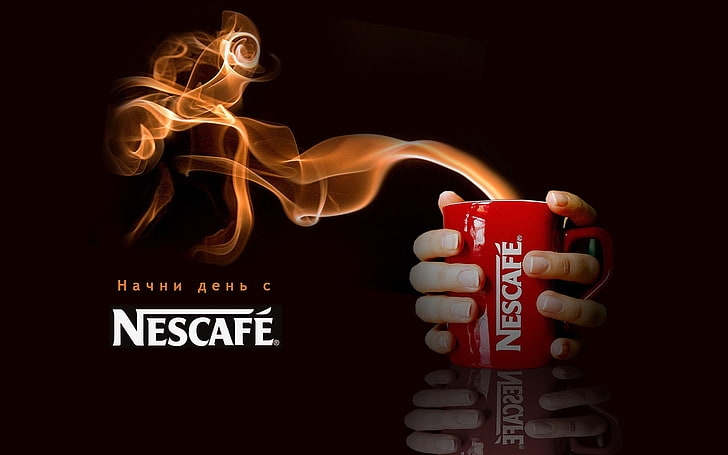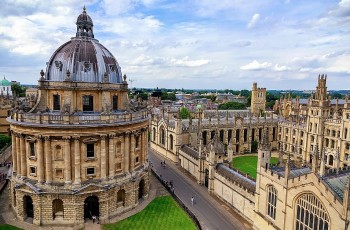How Much Caffeine In A Cup Of Coffee?
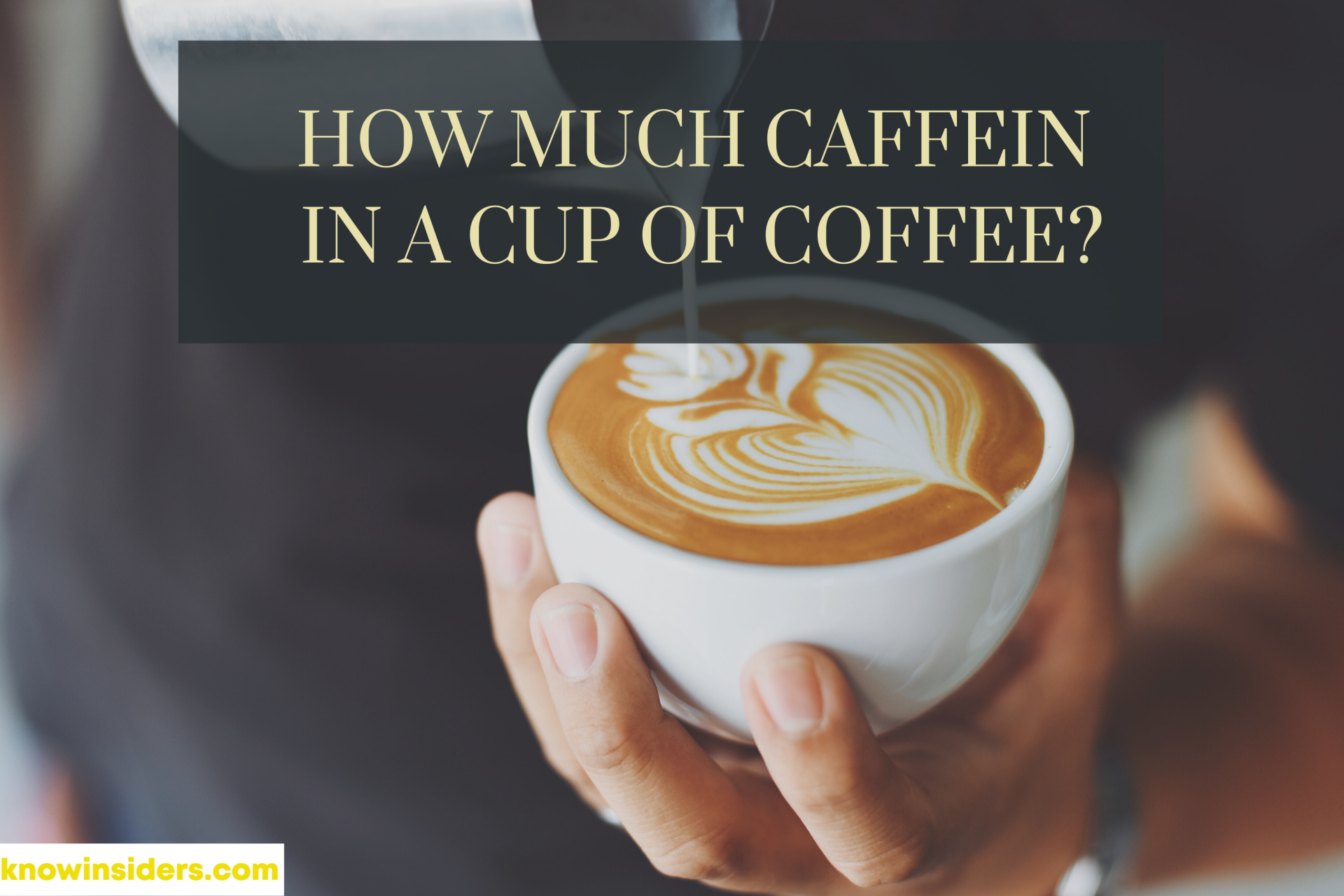 |
| How Much Caffeine In A Cup Of Coffee? Photo KnowInsiders |
Determining how much caffeine is in your coffee is not as straightforward as you might think. You need to weigh a wide variety of factors, including the type of coffee bean, how it was brewed, and the size of the cup you're using.
Caffeine is a natural stimulant most commonly found in tea, coffee, and cacao plants.
It works by stimulating the brain and central nervous system, helping you stay alert and prevent the onset of tiredness, according to Health Line.
Historians track the first brewed tea as far back as 2737 B.C.
Coffee was reportedly discovered many years later by an Ethiopian shepherd who noticed the extra energy it gave his goats.
Caffeinated soft drinks hit the market in the late 1800s and energy drinks soon followed.
Nowadays, 80% of the world’s population consumes a caffeinated product each day, and this number goes up to 90% for adults in North America
Which kinds of foods and beverages contain caffeine?
Caffeine can be found naturally in the plants we use to make coffee, tea and chocolate. It’s also found in some plants used as flavorings, such as guarana, or alternative teas popular in South American, such as yerba mate (Ilex paraguariensis) and Ilex guayusa.
Caffeine may also be added as an ingredient to foods and beverages.
How do you know how much caffeine a food or beverage contains?
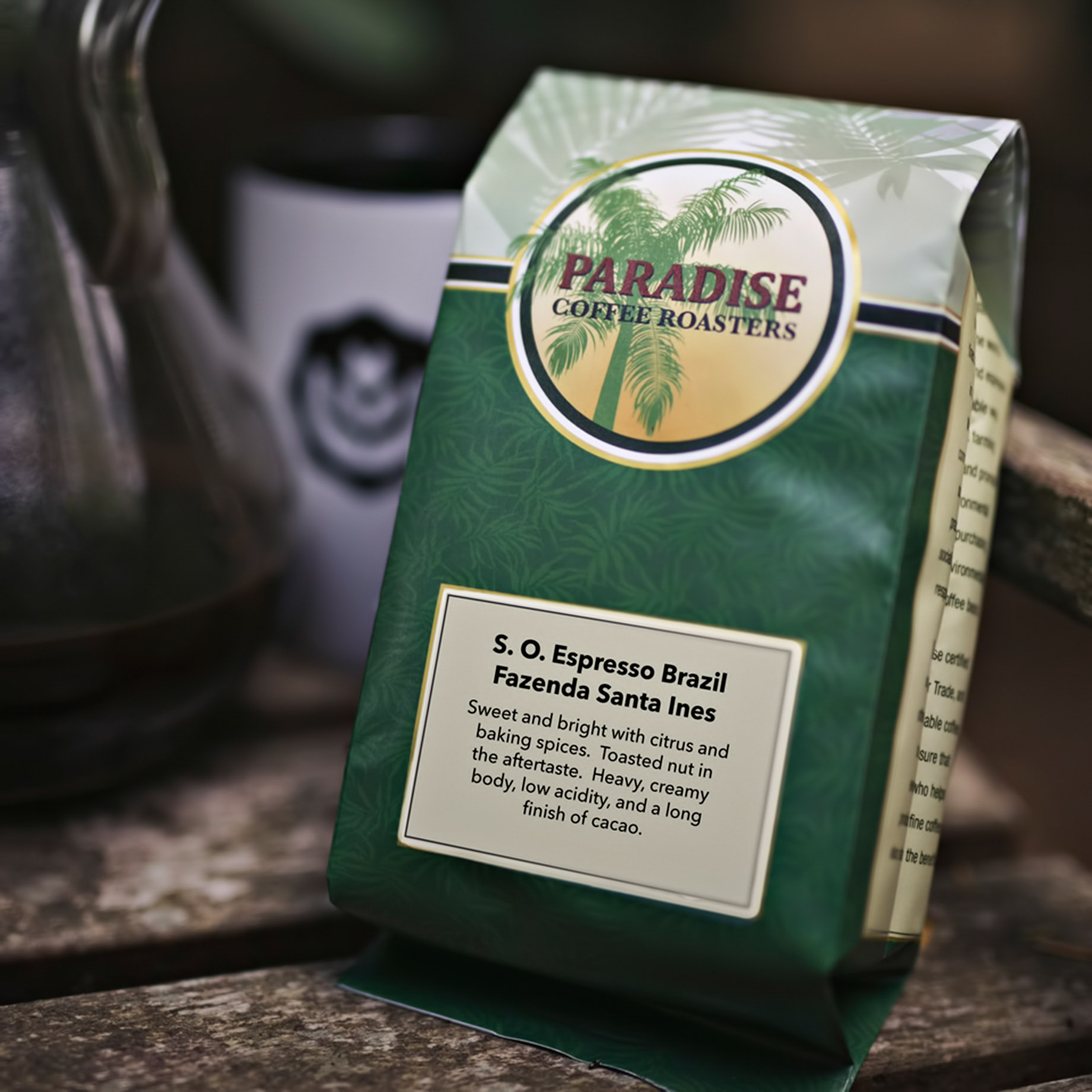 |
| Photo The Pinnacle List |
Many packaged foods, including beverages and dietary supplements containing caffeine, voluntarily provide information on the label as to how much caffeine they contain. Consumers should take care when consuming for the first time a new packaged food containing added caffeine if the amount of caffeine in the food is not declared on the label.
There are several online databases that provide estimates of caffeine content of certain foods and beverages such as coffee and tea. However, the amount in these brewed beverages can vary depending on such factors as how and where the coffee beans and tea leaves were grown and processed and how the beverage product is prepared.
For reference, a 12 ounce can of a caffeinated soft drink typically contains 30 to 40 milligrams of caffeine, an 8-ounce cup of green or black tea 30-50 milligrams, and an 8-ounce cup of coffee closer to 80 to 100 milligrams. Caffeine in energy drinks can range from 40-250 mg per 8 fluid ounces.
READ MORE: World's Weirdest Drinks: Snake Bile Wine
What Factors Affect Caffeine Content?
The caffeine content of coffee depends on many factors, such as:
Type of coffee beans: There are many varieties of coffee beans available, which may naturally contain different amounts of caffeine.
Roasting: Lighter roasts have more caffeine than darker roasts, although the darker roasts have a deeper flavor.
Type of coffee: The caffeine content can vary significantly between regularly brewed coffee, espresso, instant coffee and decaf coffee.
Serving size: “One cup of coffee” can range anywhere from 30–700 ml (1–24 oz), greatly affecting the total caffeine content.
How Much Caffeine Is In a Cup of Coffee?
 |
| Photo Getty Images |
According to Health Line, The main determinant of caffeine content is the type of coffee you are drinking.
Brewed Coffee
Brewing is the most common way to make coffee in the US and Europe.
Also known as regular coffee, brewed coffee is made by pouring hot or boiling water over ground coffee beans, usually contained in a filter.
One cup of brewed coffee (8 oz) contains about 70–140 mg of caffeine, or about 95 mg on average.
Espresso
Espresso is made by forcing a small amount of hot water, or steam, through finely ground coffee beans.
Although espresso has more caffeine per volume than regular coffee, it usually contains less per serving, since espresso servings tend to be small.
One shot of espresso is generally about 30–50 ml (1–1.75 oz), and contains about 63 mg of caffeine.
A double shot of espresso therefore contains roughly 125 mg of caffeine.
Espresso-Based Drinks
Many popular coffee drinks are made from espresso shots mixed with varying types and amounts of milk.
These include lattes, cappuccinos, macchiatos and Americanos.
Since the milk does not contain any additional caffeine, these drinks contain the same amount of caffeine as straight espresso.
A single (small) contains about 63 mg of caffeine on average, and double (large) contains about 125 mg.
Instant Coffee
Instant coffee is made from brewed coffee that has been freeze-dried or spray-dried. It is generally in large, dry pieces, which dissolve in water.
To prepare instant coffee, simply mix one or two teaspoons of dried coffee with hot water. There is no need for any brewing.
Instant coffee usually contains less caffeine than regular coffee, with one cup containing roughly 30–90 mg.
Decaf Coffee
Although the name may be deceiving, decaf coffee is not entirely caffeine free.
It may contain varying amounts of caffeine, ranging from 0–7 mg per cup, with the average cup containing 3 mg.
However, some varieties may contain even higher amounts of caffeine, depending on the type of coffee, method of de-caffeination and cup size.
| If a coffee or tea says “decaffeinated,” does that mean it contains no caffeine? No. Decaf coffees and teas have less caffeine than their regular counterparts, but they still contain some caffeine. For example, decaf coffee typically has 2-15 milligrams in an 8-ounce cup. If you react strongly to caffeine in a negative way, you may want to avoid these beverages altogether. |
READ MORE: 9 Ways To Stay Awake At Work without Coffee
Health Benefits of Caffeine
Many studies have shown coffee to have positive health benefits. According to a major study on diet and health that tracked more than 400,000 people over 10 years, older coffee drinkers were found to have a 10% to 15% lower rate of death than those who didn't drink coffee, cited Very Well Fit.
The analysis, which excluded people with cancer, heart disease, and stroke, found that drinking two or more cups of coffee per day was linked with greater longevity. Coffee drinking decreased the risk of death from heart disease, respiratory disease, stroke, injuries and accidents, diabetes, and infections, but not the risk of death due to cancer.
Still, the study couldn't determine cause-and-effect for the lower risk of death, and it did not consider whether people were drinking regular or decaf coffee.10
Although caffeine can increase your heart rate, there's some evidence that people who consume more caffeine have fewer irregular heartbeats, or arrhythmias, long term.11 In addition, even though caffeine can cause a very short-lived spike in your blood pressure, studies show caffeine does not cause high blood pressure. Research also points to possible stress relief properties of caffeine.
| Is drinking a lot of caffeine a substitute for sleep? No. Caffeine is a stimulant, which may cause you to be more alert and awake, but it is not a substitute for sleep. Typically, it can take 4 to 6 hours for your body to metabolize half of what you consumed. So, a cup of coffee at dinner may keep you awake at bedtime. |
| Is it okay for kids to consume caffeine? We recommend you consult with your health care provider for advice regarding your child’s caffeine consumption. |
How much caffeine is too much?
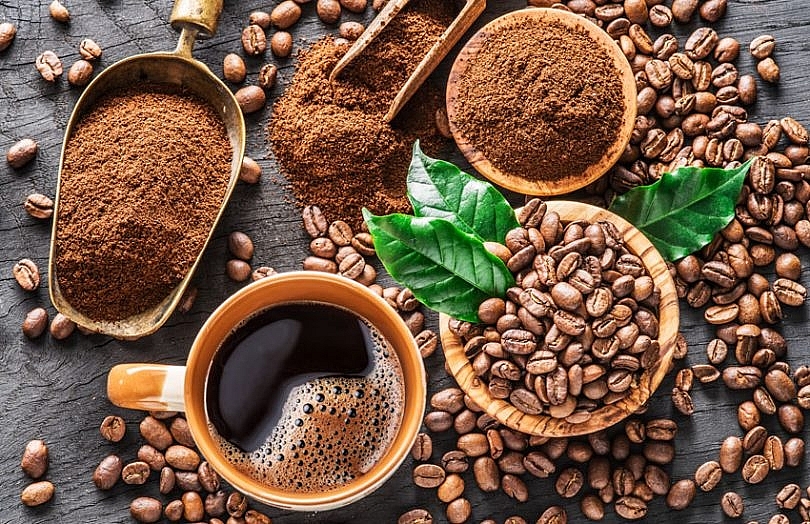 |
| Photo Ledger Insights |
For healthy adults, the FDA has cited 400 milligrams a day—that's about four or five cups of coffee—as an amount not generally associated with dangerous, negative effects. However, there is wide variation in both how sensitive people are to the effects of caffeine and how fast they metabolize it (break it down).
Certain conditions tend to make people more sensitive to caffeine’s effects, as can some medications. In addition, if you’re pregnant, trying to become pregnant, or breastfeeding, or are concerned about another condition or medication, we recommend talking to your health care provider about whether you need to limit caffeine consumption.
The FDA has not set a level for children, but the American Academy of Pediatrics discourages the consumption of caffeine and other stimulants by children and adolescents.
| Over-consuming caffeine can cause: insomnia jitters anxiousness fast heart rate upset stomach nausea headache a feeling of unhappiness (dysphoria) |
How do you minimize or maximize your caffeine intake?
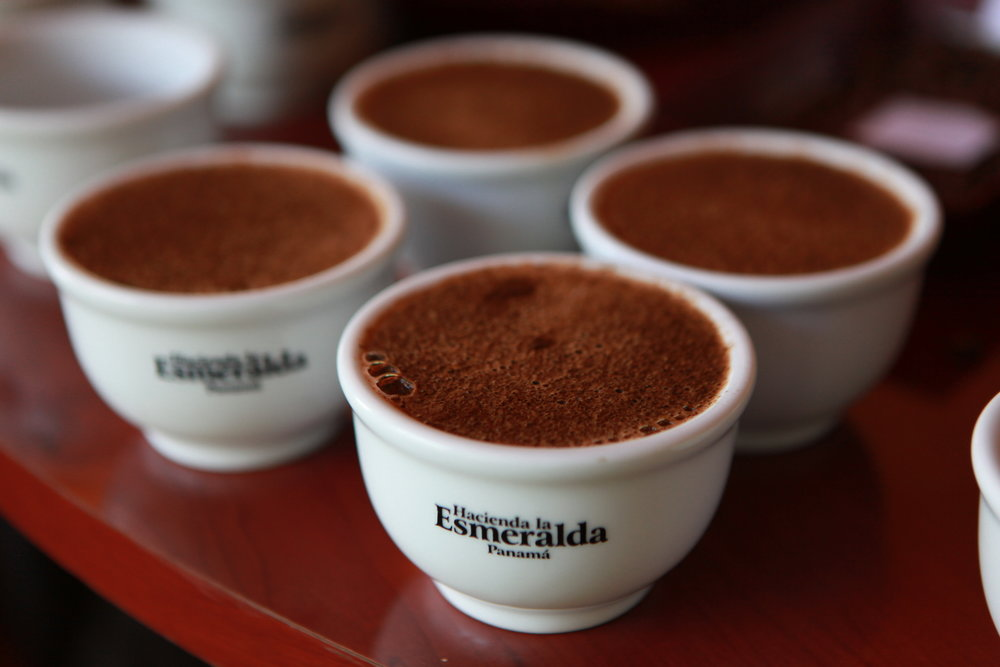 |
| Photo Clarity Coffee |
The measurement and grind size of your beans dictates the amount of caffeine in your cup. Since dark roast coffees weigh less than light roast coffees, a pound of dark roast will include more beans than a pound of light.
If you measure by weight, the dark roast coffees will have more caffeine. Whereas, if you measure your beans by volume, a heavier and denser light roast will produce more caffeine. For example, if you measured out 20 grams of dark and light-roasted beans, both will weigh the same, but the cup of the dark roast will have more caffeine because it requires extra beans. Sound confusing? You are not alone. I also had to reread a few more times!
Once you have your coffee measured, you can now focus on the water temperature, brew time, and grind levels. To explain this in the simplest form possible, the finer the grind, the longer the brew time, and the hotter the temperature, the more caffeinated your brew will be.
| How can I cut back on caffeine without causing unpleasant side effects? If you’re used to drinking caffeine-containing beverages every day, and want to cut back, it’s best to do so gradually. Stopping abruptly can cause withdrawal symptoms such as headaches, anxiety, and nervousness. Unlike opioid or alcohol withdrawal, caffeine withdrawal is not considered dangerous, but it can be unpleasant. You may want to talk to your health care provider about how to cut back. |
| How do you extract caffeine from coffee? To extract caffeine from coffee beans, they are washed in a solvent (a liquid capable of dissolving substances). This process transfers the caffeine from bean to liquid in a process known as extraction. |
Are Commercial Brands More Caffeinated?
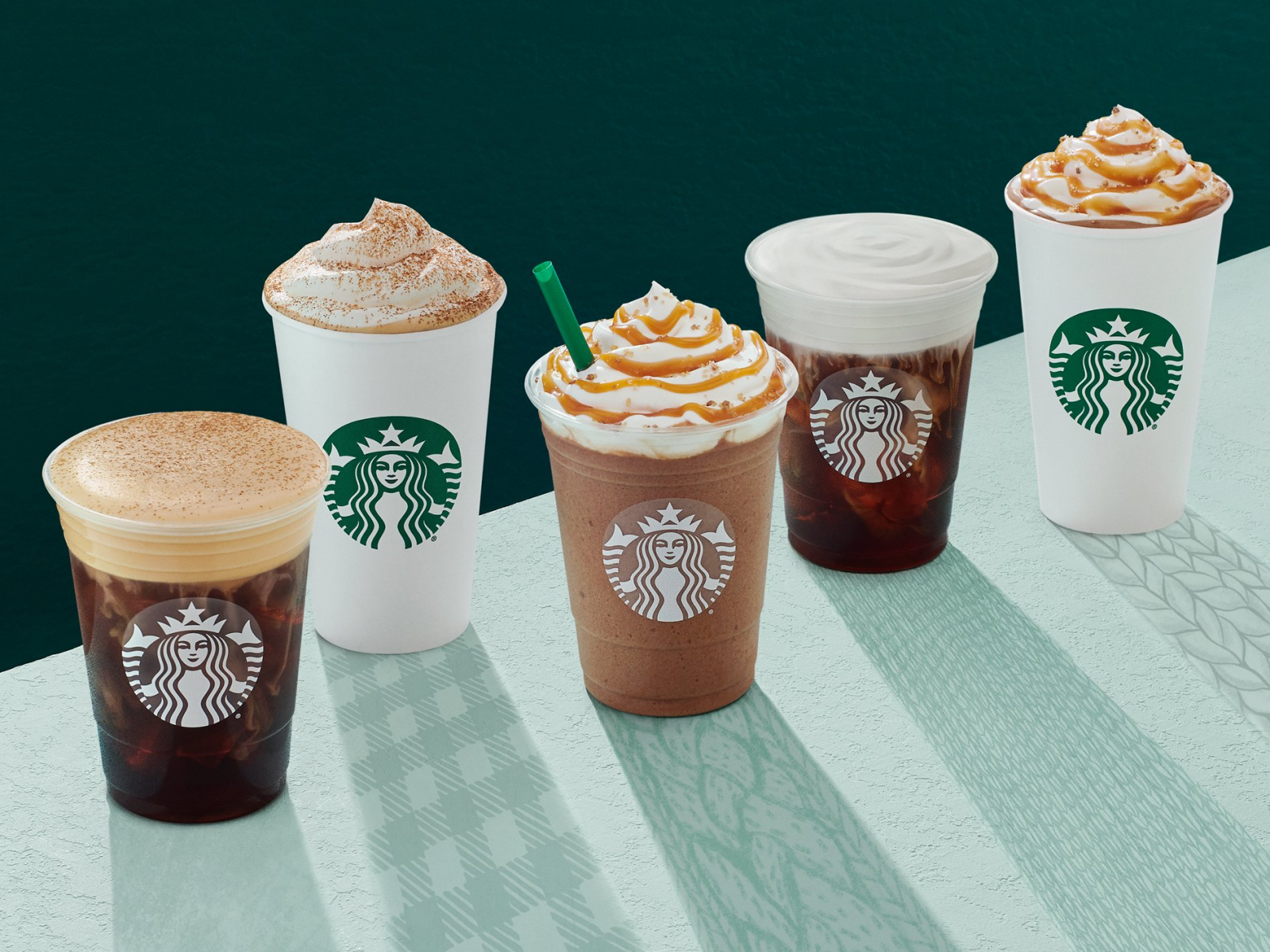 |
| Photo Starbucks |
An 8-oz, brewed coffee from Starbucks contains 180 mg of caffeine. A single espresso and espresso-based drinks contain 75 mg, while an 8-oz cup of decaf coffee contains about 15 mg of caffeine.
McDonald’s doesn’t standardize the amount of caffeine in their coffee. As an estimate, a small cup of brewed coffee contains 109 mg of caffeine. Espresso contains about 71 mg, and decaf has about 8 mg.
A small cup of coffee from Dunkin Donuts contains 215 mg of caffeine, while a single espresso contains 75 mg. Interestingly, their decaf coffee may contain as much as 53-128 mg of caffeine.
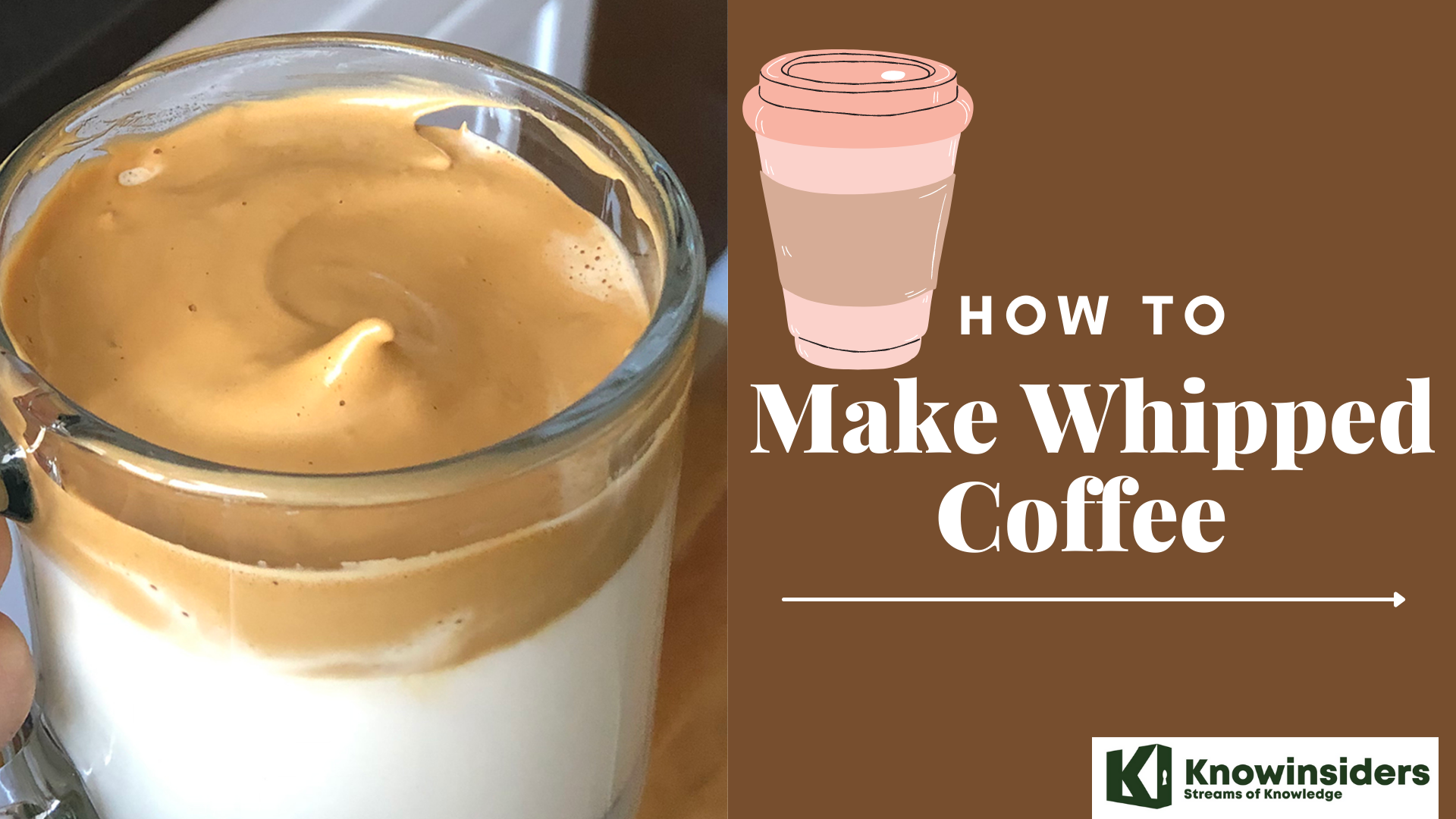 4 Easy Steps To Make Whipped Coffee or Dalgona Coffee 4 Easy Steps To Make Whipped Coffee or Dalgona Coffee To learn how to make whipped coffee as in the trend on TikTok, keep reading the article below. |
 Top 7 Most Popular Coffee Brands in the World Today Top 7 Most Popular Coffee Brands in the World Today Coffee is one of the most consumed beverages across the world. In fact, the world is divided into two parts – The coffee-drinking people and ... |
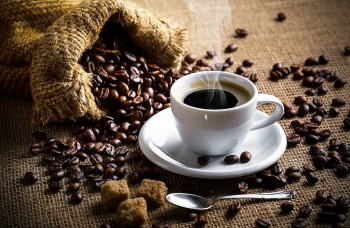 Useful TIPS to make a good cup of coffee Useful TIPS to make a good cup of coffee A good cup of coffee in the morning can set the mood and get you ready for your whole day. But when the coffee shops ... |


